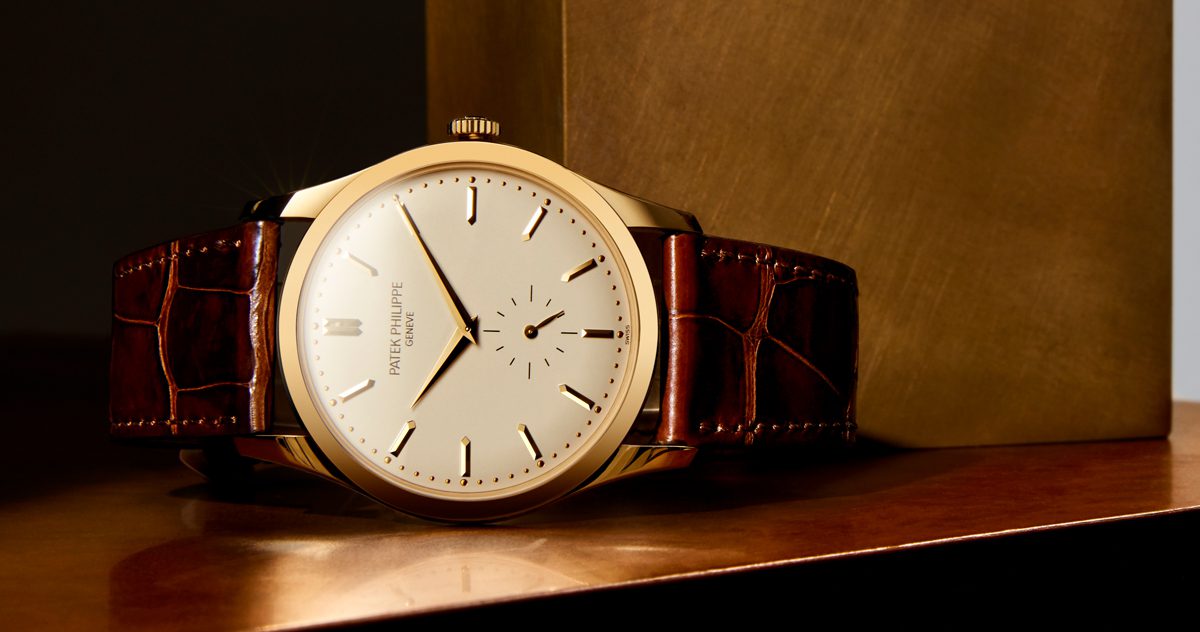De la simplicité sérielle à l'art alphanumérique... Vous avez toujours voulu connaître la signification du numéro de référence de votre montre de luxe et savoir pourquoi il est devenu si complexe ?
Ce guide retrace l'évolution du système de référencement des montres adopté par de nombreuses marques prestigieuses de l'industrie et ce à quoi les chiffres font référence en termes de conception d'un modèle et de ses principales qualités.
Dans les années 1960, vous pouviez vous souvenir du code de référence d'une montre emblématique à l'aide d'une série de quatre chiffres. Il s'avère que les recherches consacrées à la mémoire humaine suggèrent que notre capacité à mémoriser des éléments d'information s'arrête généralement à 4 chiffres. À l'époque, vous pouviez tenir une conversation avec un autre amateur de montres en vous basant uniquement sur les numéros de référence des montres. Aujourd'hui, ce n'est plus possible.
Breitling utilise un système à 12 caractères. Les montres TAG Heuer comportent un code à 13 chiffres et les montres Omega à 14 chiffres. Rolex, peut-être la plus raisonnable de toutes, utilise une référence à 6 chiffres. Mais ne vous y trompez pas : sa référence complète est plus longue. Il en va de même pour Patek Philippe. Bien que la société semble s'en tenir à des références à 4 chiffres, le code complet est en fait beaucoup plus long. Alors, pourquoi cette forme d'identification d'une montre de luxe a-t-elle tant changé au cours des 60 dernières années ? Pour l'expliquer, il faut raconter l'histoire de l'homme et de l'ordinateur.
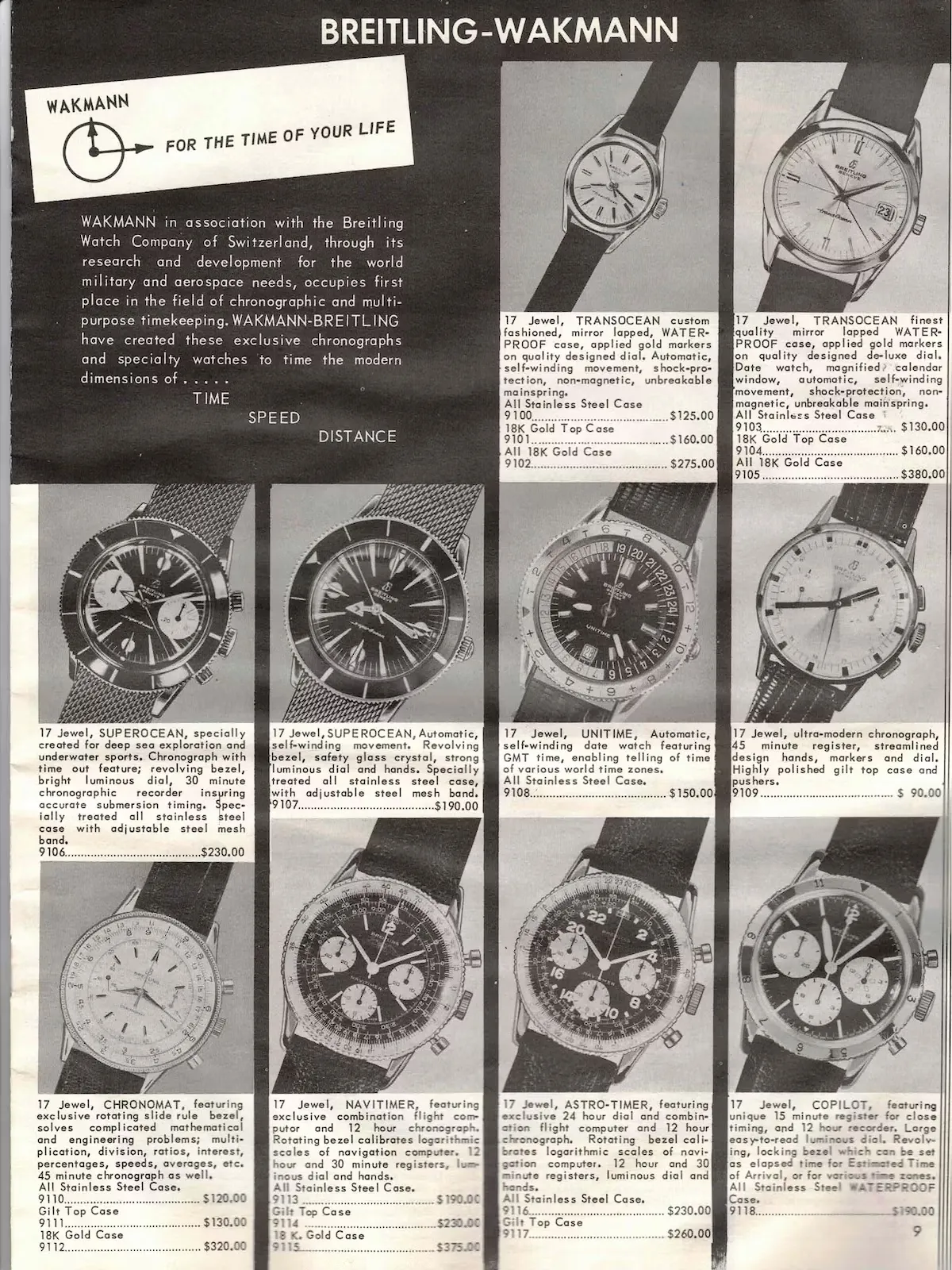
Les origines des numéros de référence des montres
Après la Première Guerre mondiale, les fabricants de montres de luxe ont commencé à développer des montres-bracelets, abandonnant peu à peu la montre de poche. Patek Philippe, par exemple, a franchi le pas en 1923 et a produit la Calatrava - une élégante montre-bracelet qui a été mise en production avec une simple référence à deux chiffres : le 96. Le nombre était mémorable, tout comme le design. Mais à mesure que la communauté des porteurs de poignets s'agrandissait et que de nouveaux garde-temps étaient produits, les marques avaient besoin d'un moyen rapide et efficace pour référencer les produits lorsqu'elles étaient en contact avec d'autres services.
Les pièces devaient également provenir de différents fournisseurs. L'industrie devait être en mesure de parler en code les uns avec les autres. Le système de référencement numérique devenait de plus en plus proche.
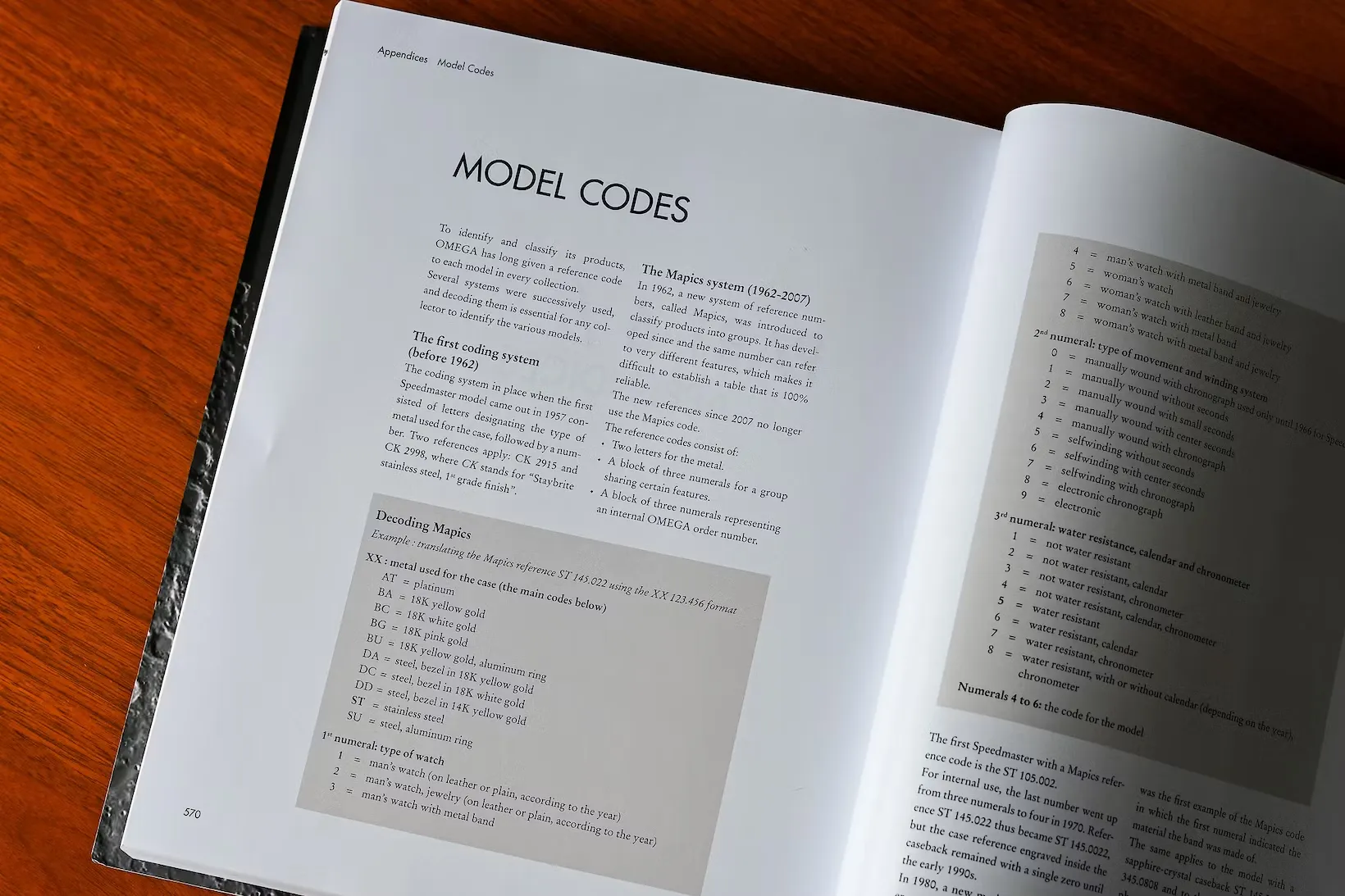
Comprendre la composition et la signification des numéros de référence des montres
Patek Philippe n'est pas le seul fabricant à avoir choisi de coder ses montres. Omega, Rolex et Heuer ont toutes produit des montres avec des codes à quatre chiffres. Ces marques ont essayé de donner une certaine logique à leur système de numérotation. Par exemple, les deux premiers chiffres d’une montre Heuer faisaient référence au calibre. Le troisième chiffre indiquait la collection à laquelle le garde-temps appartenait et le quatrième au matériau du boîtier. Des lettres étaient ensuite ajoutées à la fin du numéro de référence pour déterminer la couleur du cadran et les sous-cadrans. Ce système était assez simple et permettait aux personnes travaillant dans les usines de fabrication de la marque de communiquer ces détails importants sur une montre aux différents départements. Des systèmes similaires ont été mis en place dans des marques telles que Breitling, Universal Geneve et Omega.
Si vous étiez un employé d'une usine horlogère, vous pouviez facilement trouver ce que vous cherchiez grâce à un code de référence. Pour savoir s'il s'agissait d'un cadran blanc ou noir, il suffisait de mettre le code de référence à l'échelle pour distinguer les lettres à la fin. Les fournisseurs ont également adopté cette méthode, de nombreux codes de référence ayant la même signification pour le fournisseur que pour la marque. Il est normal de penser que les fournisseurs et les marques utilisaient ces codes comme un moyen facile de communiquer entre eux. Cela dit, certains distributeurs internationaux n'ont pas joué le jeu. En effet, certaines marques avaient des numéros de modèle qui avaient une signification complètement différente selon le pays dans lequel elles se trouvaient.
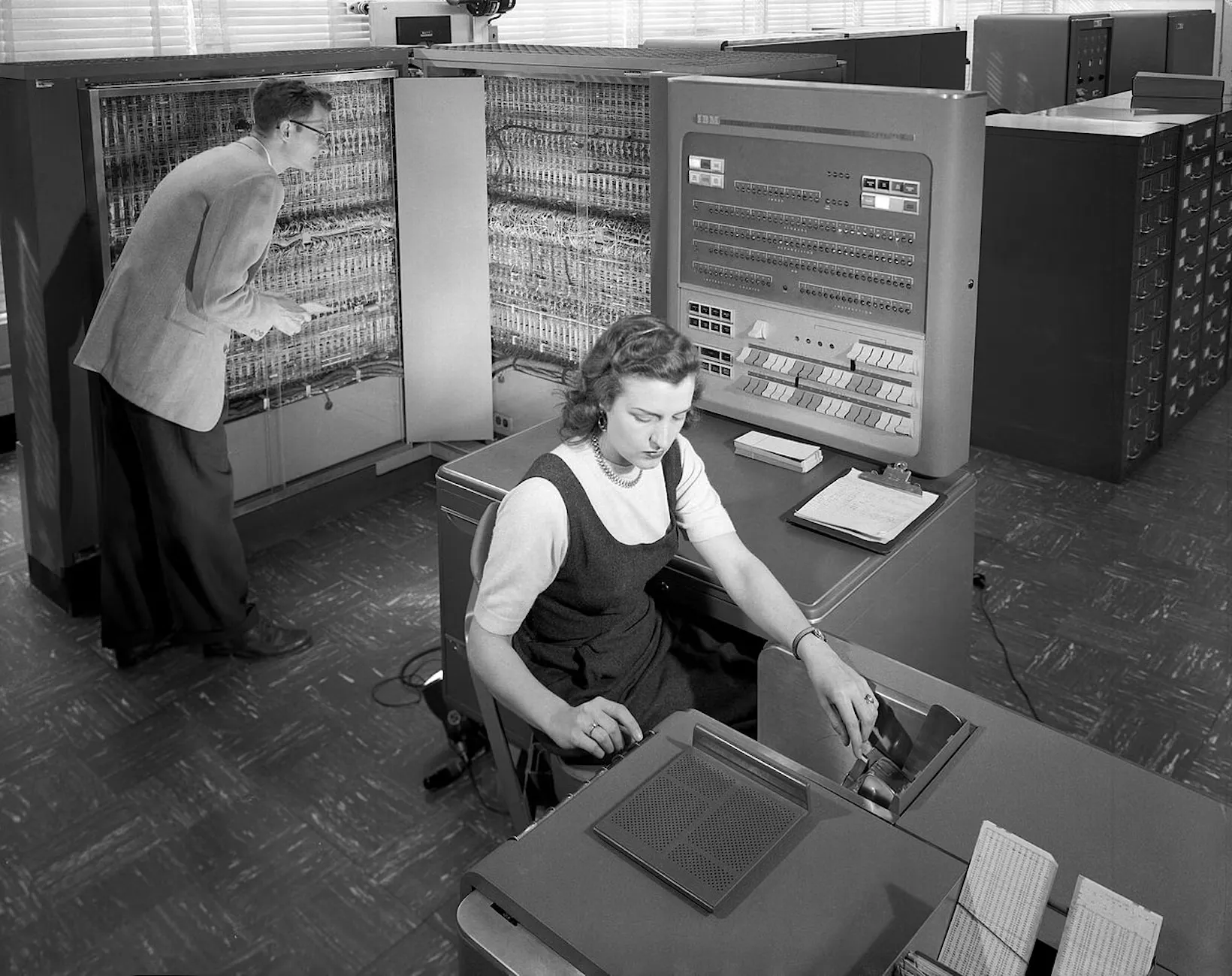
L'arrivée des ordinateurs
Très rapidement, l'industrie horlogère de luxe a pris de l'ampleur. Elle s'est industrialisée, laissant place à la plus grande transition de toute l'histoire de la technologie : l'ordinateur. Lorsque l'industrie a commencé à utiliser des machines pour produire en masse des pièces et des composants pour les montres de luxe, les artisans ont fabriqué moins de pièces à la main.
Les humains ont joué (et jouent encore) un rôle essentiel dans le fonctionnement des machines et le suivi des pièces et des stocks. Dès ce moment-là, le codage consistait moins à identifier une montre qu'à communiquer avec l'ordinateur au sujet de l'inventaire et des matériaux.
La transition a notamment commencé lorsque Omega est passée à un processus alphanumérique de huit caractères dans le cadre d'un nouveau système MAPICS. Tous les numéros de référence d'Omega n'avaient pas de sens à cette époque, car le système a continué à évoluer après avoir été intégré à l'approche de codage de la marque. D'autres grandes marques ont suivi le mouvement. Tout cela s'est produit au moment du lancement d'IBM. Cette multinationale technologique est l'une des plus grandes entreprises informatiques du monde et opère aujourd'hui dans 170 pays différents.
L'arrivée d'IBM a été une grande nouvelle pour les industriels avisés. Il a contribué à la gestion de la chaîne d'approvisionnement et a rapidement produit le premier système de base de données à usage commercial.
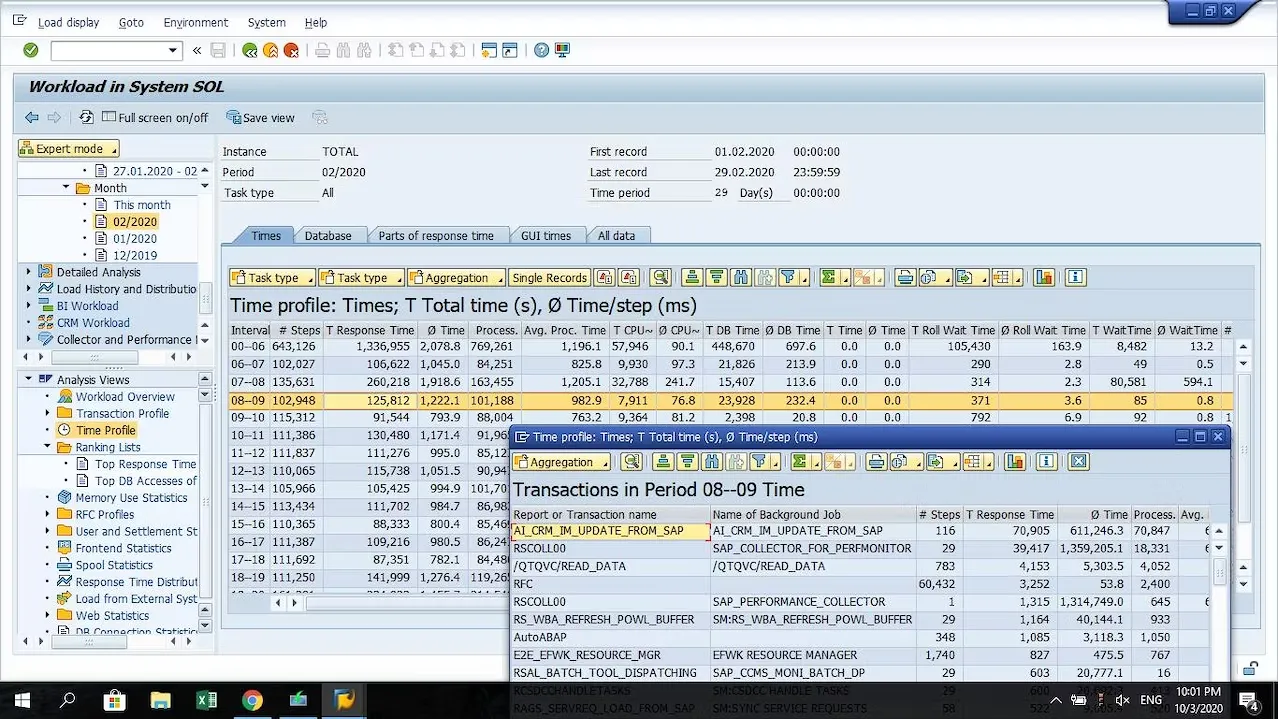
Le rôle des numéros de référence à l'ère numérique de la collection de montres de luxe
Dans les années 1970, d’anciens employés d’IBM fondent l’entreprise SAP. Elle devient rapidement le plus grand fournisseur de logiciels ERP et est adoptée par l'industrie horlogère. À ce moment-là, les numéros de référence simples et mémorables n’étaient plus qu’un lointain souvenir et devinrent une ligne de codage dans une base de données.
Avec une complexité beaucoup plus grande derrière ces codes, les entreprises communiquaient non seulement avec les départements de fabrication, mais aussi avec les secteurs de la comptabilité, des ventes et du marketing.
À la même époque, l'usinage CNC était mis en place et promettait des améliorations importantes en termes de précision et de productivité. Tout comme les montres, les ordinateurs sont devenus plus robustes et ont pu gérer davantage de logiciels. L'usinage CNC avancé pouvait même aider les marques à concevoir des bracelets et à configurer des composants pour les boîtiers à l'aide de cette technologie avancée. Chaque pièce d'une montre devait être codée. La gestion informatisée des stocks nécessitait également un système précis et avancé.
Bien que la nostalgie se soit perdue lorsqu'il s'agit de références horlogères simples, les modèles emblématiques du passé sont toujours connus des passionnés comme les codes simplifiés qu'ils étaient autrefois. Aujourd'hui, il n'est pas possible de se souvenir du numéro de référence de votre montre Carrera préférée ou d'une Speedmaster moderne, mais certaines parties du codage sont encore présentes dans les numéros de référence modernes, comme une relique d'une période où les montres étaient plus expérimentales. C'était une époque où les marques commandaient des pièces et les mélangeaient pour créer de nouveaux modèles afin de voir s'ils se vendraient ou non.
Que signifient les chiffres dans les références de montres populaires ?
Comme pour Breitling, les chiffres du numéro de référence d'une montre Rolex vous renseignent sur les matériaux utilisés, le calibre et la lunette. Par exemple, le premier chiffre signifie que la montre a été fabriquée après l'an 2000. Le deuxième chiffre du numéro de référence fait référence au calibre, tandis que les chiffres suivants font référence à la série. Le cinquième chiffre fait référence à la lunette et le sixième et dernier chiffre fait référence au matériau du boîtier.
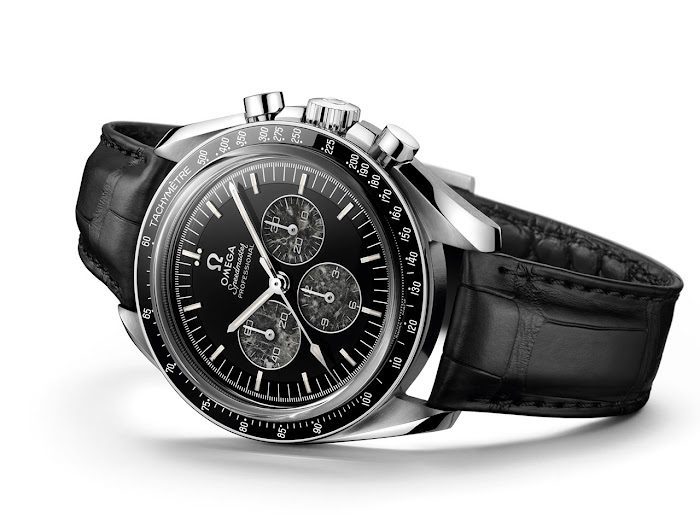
Des règles similaires s'appliquent pour une montre Omega, bien que cette référence soit plus longue soit plus complexe. Les trois premiers chiffres du code font référence à la collection. Le "311", par exemple, correspond à la Speedmaster. Les deux chiffres suivants représentent le matériau du boîtier et du bracelet. La troisième série de chiffres fait référence aux dimensions du boîtier. La quatrième section fait référence au type de mouvement et à ses complications. L'avant-dernier chiffre fait référence à la couleur du cadran et le dernier chiffre représente le numéro de séquence de la production.
Enfin, notons que le système de référence des montres Patek Philippe est un peu plus simple. Le premier chiffre du code de référence indique le genre de la montre en fonction de sa taille. Les chiffres 3, 5 et 6 se rapportent généralement aux montres pour hommes, tandis que les chiffres 4 et 7 sont typiquement attribués aux montres pour femmes. Les chiffres de la barre oblique inversée se rapportent à la lunette, au boîtier et au bracelet. Par exemple, le chiffre 1 signifie que la montre est conçue sur un support. Les lettres qui suivent ce chiffre indiquent le matériau. Les trois derniers chiffres sont représentatifs du cadran.
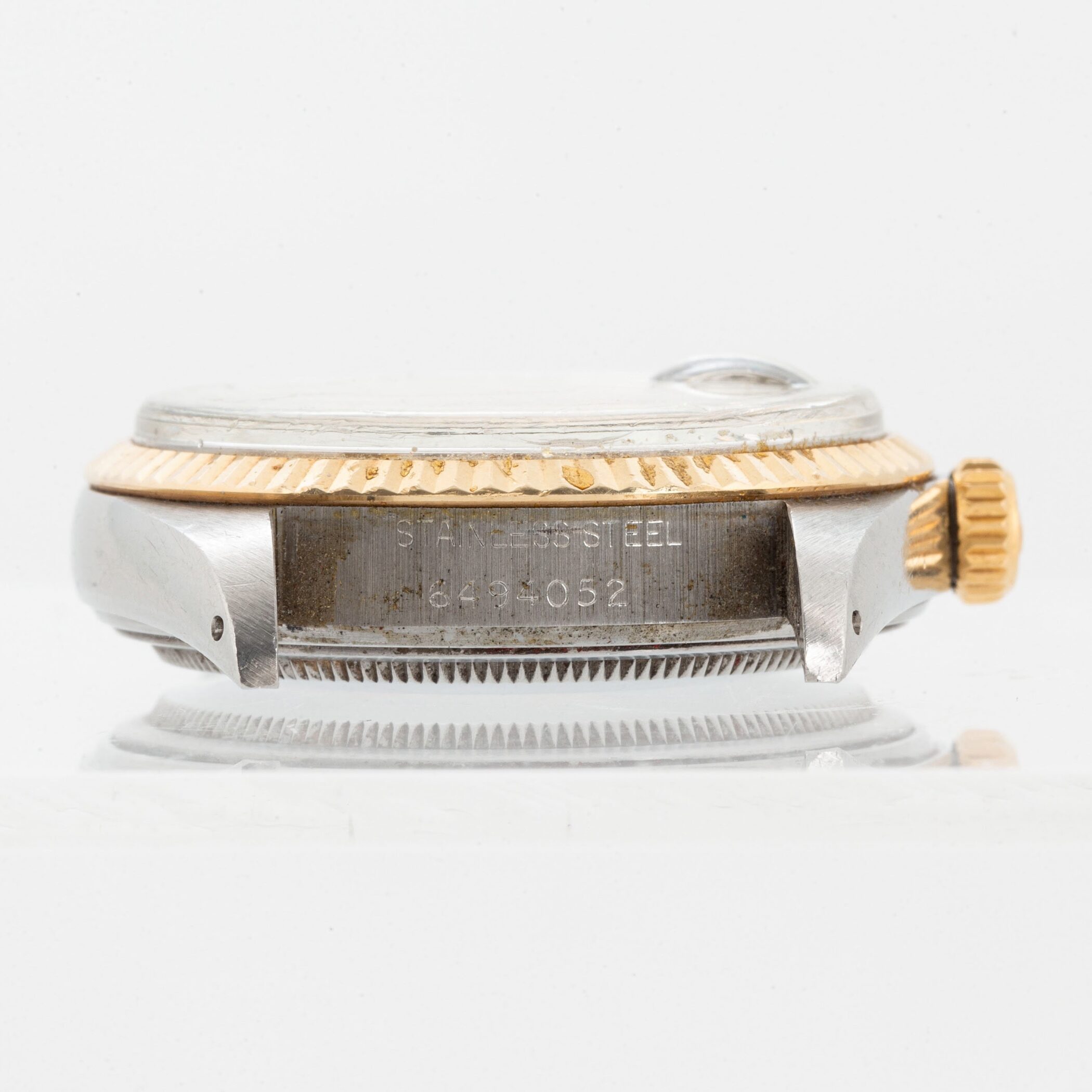
À retenir
Aujourd'hui, la mise en place de références codées par ordinateur est souvent planifiée à l'avance. Cette série complexe de chiffres devient la recette du développement d'un modèle.
De chaque diamant taillé en laboratoire d'une montre TAG Heuer au maillon d'un bracelet d'une montre Omega, la production, la distribution et le fonctionnement d'une grande marque de montres de luxe ne sont possibles que grâce à l'avancée technologique des systèmes informatiques.
Bien que plus long et plus complexe, le numéro de référence d'une montre de luxe est facile à décomposer lorsque l'on sait s'y prendre et peut être un excellent moyen de différencier une montre authentique d'une contrefaçon lorsque l'on parcourt le marché attentivement.


 $ (USD)
$ (USD)  £ (GBP)
£ (GBP) 


